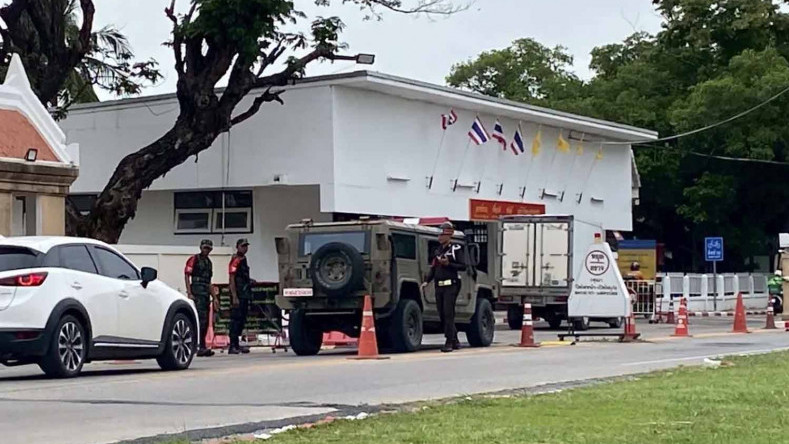The regional army command said today (July 31) morning that Cambodia had increased and strengthened its forces along the border, reports the Bangkok Post.
Unidentified drones, it added, have been deployed in many areas including: Chong Aan Mah crossing in Nam Yuen district of Ubon Ratchathani; Phu Makua, Satta Som, Prasat Don Tuan and Phu Phee in Kantharalak district of Si Sa Ket; Chong Chom in Kap Choeng district of Surin; and Chong Sai Taku in Ban Kruat district of Buri Ram.
The Civil Aviation Authority of Thailand on Thursday announced a nationwide ban on civilian drones. ACM Manat Chavanaprayoon, the CAAT director, said the move represented an expansion of the ban that began on Wednesday in high-risk provinces where drones could threaten national security.
The 2nd Army Region also reported that it had detained 20 Cambodian troops who surrendered at the Chong Sam Tae crossing in Kantharalak district of Si Sa Ket after they ran out of ammunition.
It said the soldiers were being prosecuted for illegal entry into Thailand. Two of them were injured and admitted to Fort Weerawatyothin Hospital in Surin.
Meanwhile, the Royal Thai Air Force (RTAF) said today that an old bomb found in a border community in Cambodia and dug up from underground was not dropped from a Thai plane during the recent clashes.
The Phnom Penh Post reported yesterday that an MK-84 bomb was found in a residential area and linked its source with the Gripen fighter jets used by the Thai air force.
RTAF spokesman AVM Prapas Sonjaidee debunked the claim. The shell dug up from beneath a residence was old and rusty, he said, and clearly had not been freshly dropped. The Thai air force uses new shells in perfect condition, he said.
Considering the shell’s circumference and length, it could be a western bomb, weighing about 2,000 pounds, AVM Prapas said. He added that it did not look like an air-dropped bomb due to the depth and its horizontal placement.
The MK-84, manufactured by US-based General Dynamics, is a 2,000-pound general-purpose aircraft bomb. It was widely used during the Vietnam war in the 1970s.
The Thai air force conducted its operations with precision and never targeted civilian areas, the Special Operations Centre for Thai Cambodian Border Situations Management stated after confirming details with related agencies.








